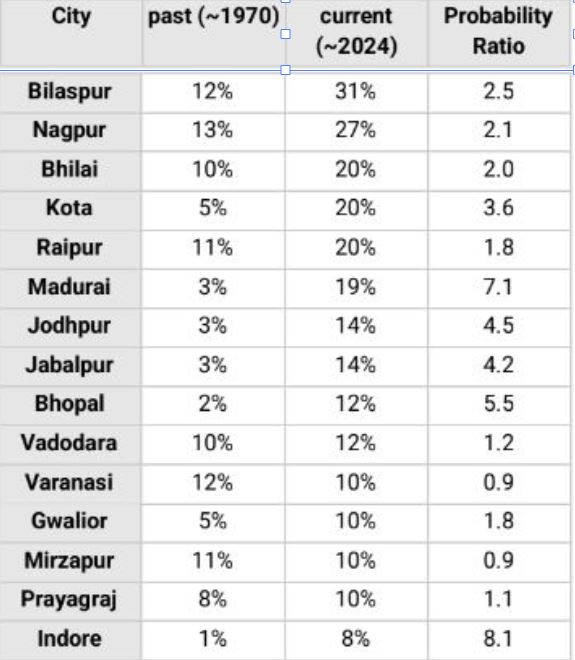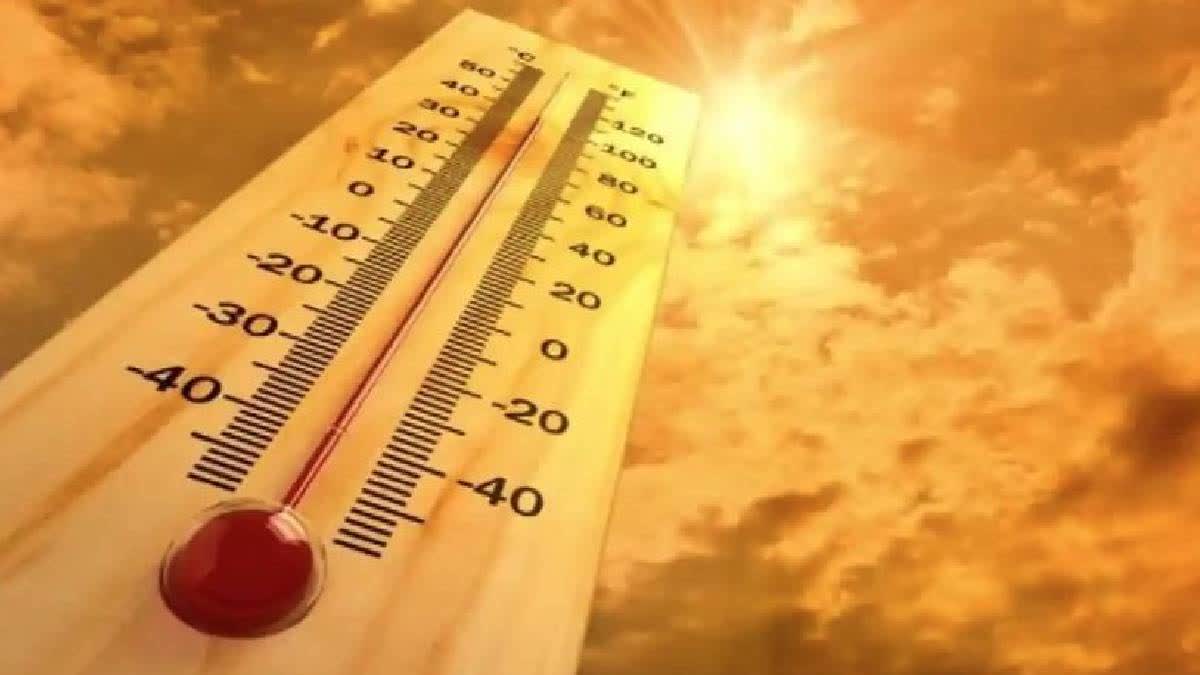Hyderabad: Holi, the festival of colours, that marks the triumph of good over evil, will be celebrated on March 25. This year, the festival faces a concerning risk of spike in temperatures.
A study conducted by US-based Climate Central, an independent group of scientists and communicators, has predicted an unprecedented hot weather in March-April compared the 1970s. It states that mercury level may soar to 40 degrees Celsius during Holi.
March-April warming across country: The study titled 'Heat Trends for Holi' has revealed an average rise in temperatures across the country during March and April. The northern and western regions have fastest warming during March. The highest change in March since 1970 is occurring in Jammu and Kashmir, that has seen mercury rising by 2.8 degrees Celsius. Warming in April is more uniformly spread with Mizoram witnessing a 1.9 degrees Celsius rise.
Risk of extreme heat during Holi: Hot temperatures continue to be a serious health concern across the globe. The study has focused on the chance of experiencing temperatures above 40 degrees Celsius.
During the 1970s, temperatures would hardly cross 40 degrees Celsius across India, the only exception being the three states of Maharashtra, Bihar and Chhattisgarh. However, this year, there is high probability of the mercury level crossing 40 degrees Celsius in nine states namely Rajasthan, Gujarat, Telangana, Madhya Pradesh, Odisha and Andhra Pradesh apart from the earlier three states.
Calculating the difference between the warming rates in March and April, the researchers stated that Maharashtra has 14 per cent probability of experiencing extreme heat.
City-wise temperature data analysis: Temperature change data in nearly 51 big cities across India were analysed. It has been seen that 37 cities have 1 per cent chance of experiencing 40 degrees Celsius or warmer temperatures and for 11 cities, the probability is 10 per cent of more.

A total of 15 cities with the highest risk of above 40 degrees Celsius temperature are located in central India. Chhattisgarh's Bilaspur ranks first among states with a sharp 31 per cent probability of reaching 40 degrees Celsius, which is 2.5 times more than in the 1970s.
Madhya Pradesh's Indore shows the largest change in risk of 8 per cent, which is 8 .1 per cent higher than in the past.
Tamil Nadu's Madurai and Madhya Pradesh's Bhopal have very large changes (7.1 and 5.5 times higher, respectively) and relatively high overall risk (19 and 12 per cent, respectively).
Experts speak: Experts attribute the rise in temperatures to "human-led climate change". The "abrupt transition" from winter to hot conditions and the "strong warming trends" are signs of climate change impact, they said.
- Dr Andrew Pershing, VP for Science, Climate Central said, “There has been an abrupt transition in the temperatures from cool winter-like temperatures to much warmer conditions now. After the strong warming trend observed in February, March is also likely to follow the same pattern. These warming trends in India are a clear sign of the impacts of human-led climate change.”
- Mahesh Palawat, Vice President- Meteorology and Climate Change, Skymet Weather attributed the soaring mercury levels to climate change. “There is no denying the fact that climate change is behind the soaring mercury levels. In fact, we can say that there is a gradual shift in temperature patterns. Heatwaves in March were rare but with the increasing global warming, the probability of heatwaves or high temperatures have also increased. We will witness similar weather conditions this year as well. This trend will continue," Palawat said.
Read more



